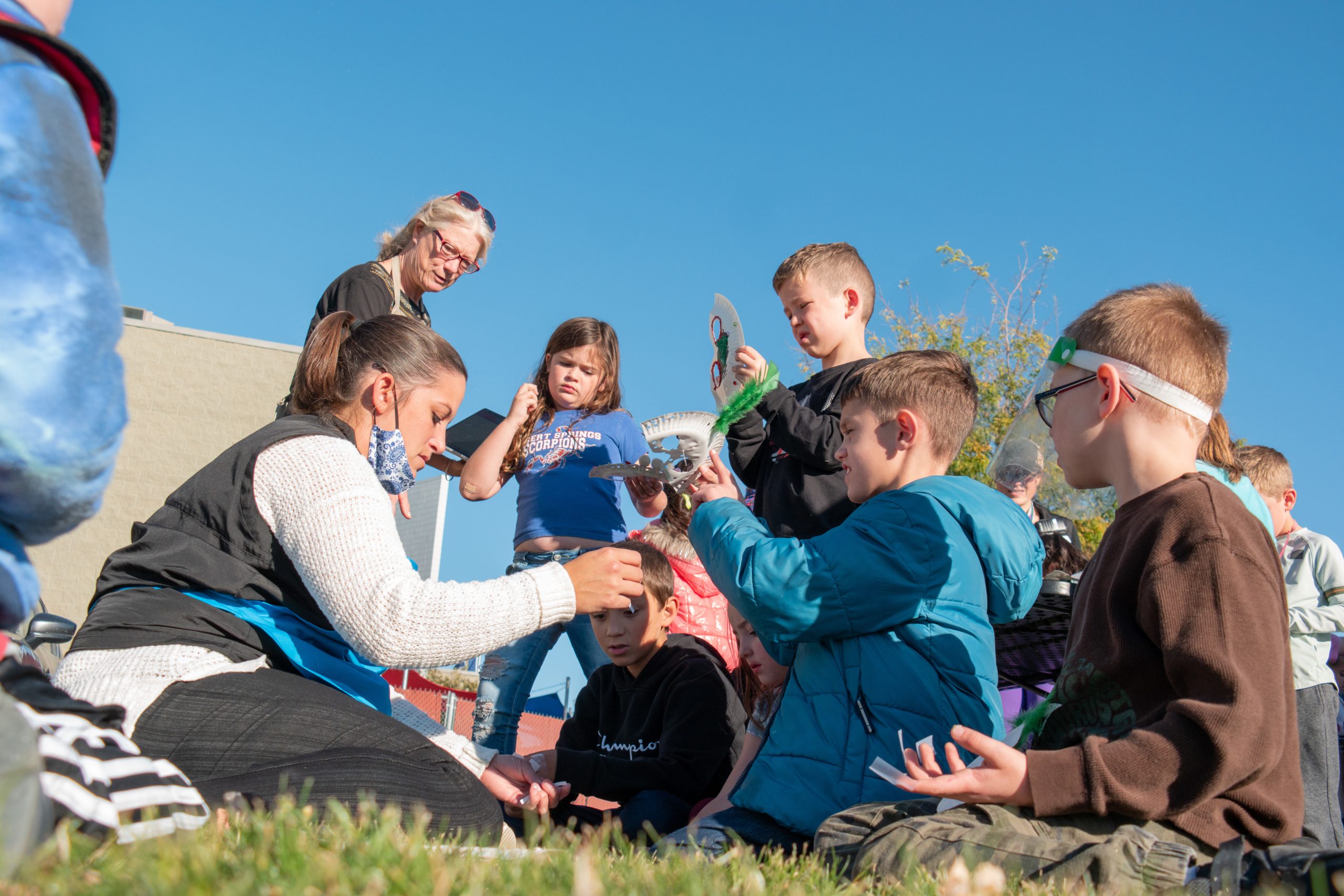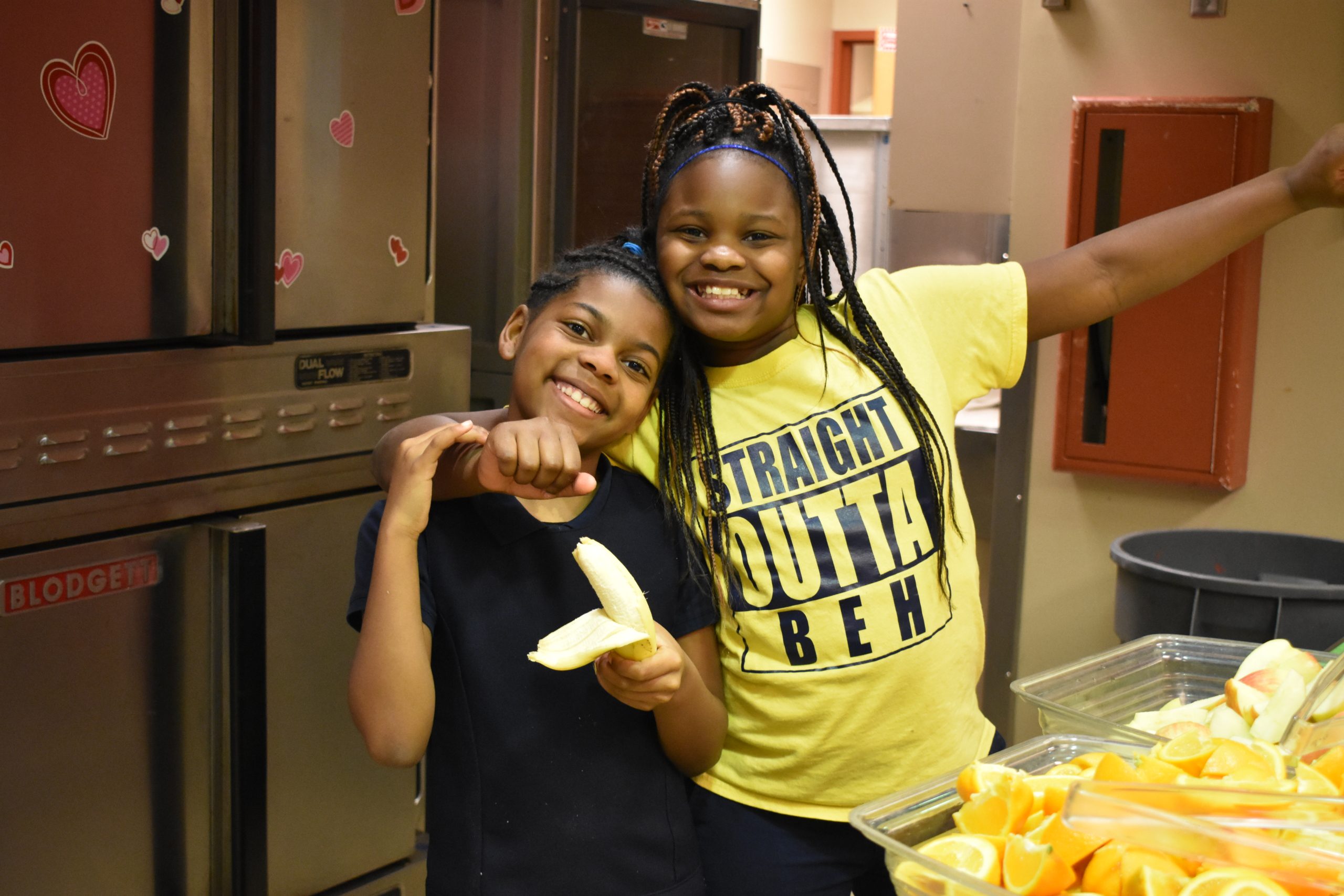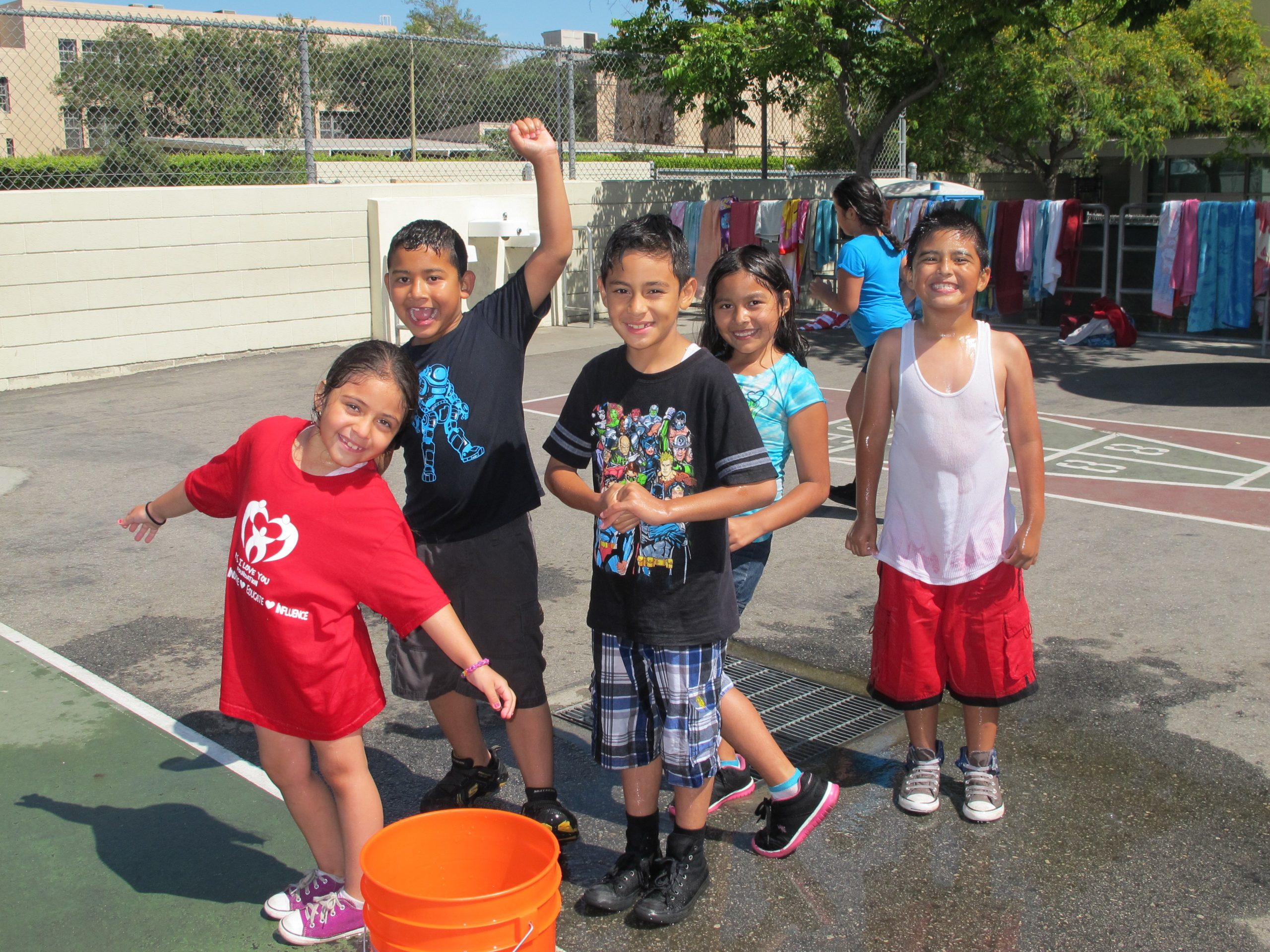This month on the blog, we are thrilled to welcome one of the STEM Next Opportunity Fellows as a guest author. Dr. Holly Miller serves as the Afterschool and Summer Learning Fellow at the Institute of Education Sciences at the US Department of Education. Dr. Miller brings a wealth of expertise to her position at the Department including serving as a former middle school STEM teacher and an Albert Einstein Distinguished Educator Fellow in Senator Rosen’s office. Thank you for your service, Holly.
Since 2022, I have been serving as the Afterschool and Summer Learning Fellow at the Institute for Education Sciences (IES) at the U.S. Department of Education in Washington, D.C. As a STEM Next Opportunity Fellow, I serve as an Afterschool, Summer Learning and STEM education expert, contributing my knowledge, skills, and expertise to support federal agencies to expand access to Out-of-School Time (OST) STEM learning.
Fellows experience first-hand working in a federal agency to ensure that more students access great STEM learning in and out of school. This phenomenal opportunity has given me a depth and breadth of knowledge about the role of the federal government in education.
There are a great many things that I find encouraging and wanted to share with you all four opportunities I see right now.
Pandemic relief funds are still available to expand out-of-school time (OST) learning
As we emerge from the pandemic, there’s an incredible opportunity for afterschool and summer learning to support students in their exposure to STEM. One of the most potentially powerful actions schools can take is to re-engage students in hands-on learning. Many students, particularly those who have spent much of the past two years learning in a virtual or hybrid environment, are likely to have experienced a decrease in hands-on learning.
Students learn more when they are actively engaged in the classroom than they do in a passive lecture environment (Deslauriers et al., 2019). The extended time needed for project-based learning in STEM allows students to work with their friends and classmates on challenges and projects that can be both fun and have the potential to help them develop teamwork and communication skills.
Students learn best when they have an interest in what’s being taught (Järvelä & Renninger, 2014). Out-of-school time learning can, for example, provide opportunities for students to code robots or engineer water filtration systems. These experiences can offer students real-world connections to future careers and fields of study. There’s a huge opportunity to introduce young people to STEM learning opportunities that support their social and emotional development and allow young people to develop their STEM identities.
Pandemic-relief legislation provides funding to augment STEM learning opportunities for OST. ARP provided $122 billion in funding for PreK-12 education with over 20 billion of that eligible to support afterschool and summer learning. A significant portion of the American Rescue Plan Elementary and Secondary School Emergency Relief (ARP ESSER) funding remains available to address the many impacts of COVID-19 on schools and students in pre-K through 12th grade. ARP ESSER funds will remain available for obligation through September 30, 2024, allowing local education agencies (LEAs) to spend these allocations through the end of the 2023-24 school year. This provides at least two school years and three summers, including 2021, to support expanded programming.
This represents a significant opportunity for expanding Summer Learning and Enrichment Programs as well as comprehensive after school programs. Congress emphasized the value of OST learning with dedicated funding at the state level for afterschool and summer learning programming. ARP required states to reserve 1 percent of their ESSER allocations for each of afterschool and summer enrichment, up to $1.2 billion for each nationwide. For their part, local education agencies were required to set aside 20 percent of their ESSER allocations–about $22 billion in total–for evidence-based approaches to learning recovery. Notably, these can include comprehensive afterschool and summer enrichment programs.
The Department continues to emphasize the importance of Out-of-School Time Learning and rigorous, relevant, and joyful STEM education.
In a recent Dear Colleague Letter issued by the Department of Education, the Department shares more about how federal funds can be used to support “rigorous, relevant and joyful” STEM learning both in and out of school.
In addition to ARP ESSER, federal grant programs such as the 21st Century Community Learning Centers can support an afterschool or summer learning program. As stated in the Department’s Dear Colleague Letter, school districts that receive Title I funding have the flexibility to use those funds to support afterschool programs. Many states have additional funding streams to support OST learning in their states.
Research suggests a huge demand for programs exists: for every child in an afterschool program, three are waiting to get in. That same research identifies the most prevalent obstacles to participating in after-school programming as the costs of these programs, followed by transportation. Now with increased federal funding, states and local districts have an opportunity to reduce these barriers. As a result, .federal, state, and local programs may be better able to support children from underserved or under-resourced communities with access to afterschool and summer learning programs.
The Department continues to lift-up partnerships between school districts and community-based organizations as critical to establish high-quality and sustainable out-of-school time learning
As schools are looking for ways to support students, especially this summer and into next school year, many community-based organizations such as afterschool and summer learning programs have experience providing these additional opportunities. Afterschool programs can provide a safe place to go after the school day ends. Research shows how much parents value having a place for their kids to go after school, and that afterschool programs not only offer young people a safe place that can support their academic, but also social and emotional needs (Afterschool Alliance, 2020). Students can explore new activities in after-school programs without the pressure of a classroom setting. They can try to build a circuit without fear of failing. The pressure and report card grades that might otherwise discourage students from trying new things need not be there in OST, and that means opportunities to get your hands dirty or build or design that can spark a passion and long-term interest in a new area. As a summer STEM camp instructor, I have seen firsthand how OST learning can spark a love for STEM in students in ways formal schooling did not.
IES is providing more and regular access to data about Summer Learning and Enrichment Programs and Comprehensive Afterschool Programs
IES’ new School Pulse Panel collects much-needed information about the condition of education in the nation’s public schools, including the impact of COVID-19 on education. The SPP uses a sample of approximately 2,400 public elementary, middle, high, and combined-grade schools, whose staff respond to surveys fielded throughout the school year. The School Pulse Panel even contains questions about Afterschool, Community Partnerships and Summer Learning! All of which give us important information about how schools across the country are using OST to support the social, emotional and academic outcomes of their students.
Looking Ahead: An Opportunity to Build and Use Evidence
As communities and learning ecosystems begin to develop new opportunities with pandemic-relief funding, leaders can consider this as a chance to right some systemic wrongs; to level the STEM playing field for our students disproportionately impacted by the pandemic. One critical step as they do so is using evidence-based practices aligned to the specific goals and desired outcomes of their OST programs. Building new evidence will also be critical. How will we know what worked without empirical evidence and high-quality research? Furthermore—how can we get what’s already known about “what” works into the hands of practitioners, not to mention new learning that arises through historic new investments in OST programs? Teachers, camp counselors, and all OST program managers need access to this evidence in an easy-to-digest format. Over the course of my time at IES, I will be working to support access to evidence-based practices and look for new opportunities and resources to support building additional evidence for the impacts of OST learning on a wide variety of student outcomes.
Luckily, some mechanisms are already in place at the national level. The What Works Clearinghouse (WWC) is but one example. We need to share more information from the WWC and other credible sources across networks, alliances, and agencies. I’d love to hear from you. If you have mechanisms to connect data in your local community on OST programs or have ideas for evidence we need to gather, please get in touch holly.miller@ed.gov. I’d love to hear from you.
There is an exciting opportunity in front of us right now. My hope is that years from now we will look back and say, “That’s when we started to turn things around for our students. We made smart, thoughtful decisions and look how it paid off.”




